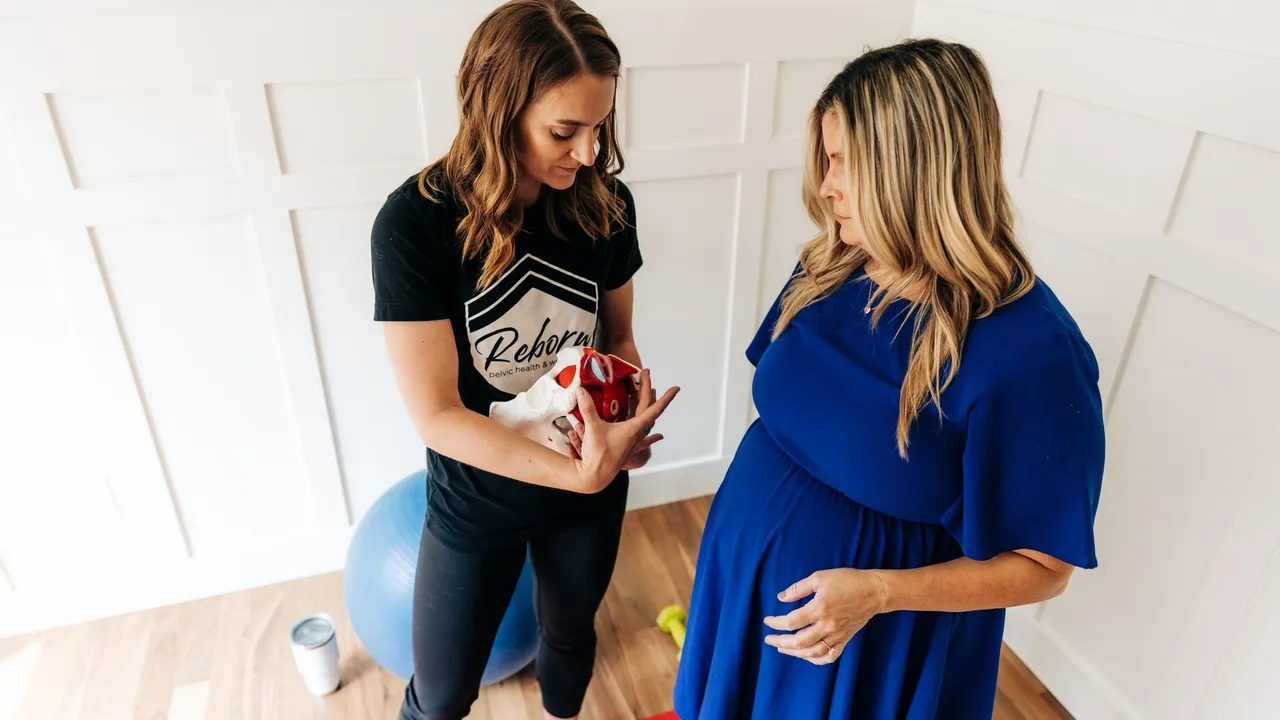“DO YOUR KEGELS.” Unfortunately, this is a piece of advice that women are bombarded with day in and day out.
Kegels, or pelvic floor exercises, were first described by Dr. Arnold Kegel in the 1950’s as a treatment for stress urinary incontinence and pelvic organ prolapse. Since then, the notion that all women should be Kegel-ing on a regular basis has become the go-to advice.
Are Kegels really the whole story? How do you even do a Kegel in the first place? Should we all be doing Kegels right now?
Let’s unpack some of the mystery surrounding the Kegel, and learn about alternative ways to keep our pelvic floors healthy and happy.
Myth #1: Kegels are the best way to strengthen the pelvic floor.
We, as physical therapists, know that the pelvic floor does not work in isolation. It works in conjunction with the muscles of the core, hips, and other areas of the body to provide maximum stability for the body. Why then, would we focus on strengthening just the pelvic floor if we want to see the most benefit? We have studies that show us lunges and squats produce better activation of the pelvic floor than kegels alone. Kegels are one way to strengthen the pelvic floor, but they certainly aren’t the only way—and they may not even be the most effective way!
Myth #2: Practice Kegels by stopping the flow of urine.
Yes, if you are contracting the pelvic floor it will stop the flow of urine. That said, and repeat after me, DO NOT DO KEGELS WHILE EMPTYING YOUR BLADDER. Doing so can lead to urine backflow into the urethra, increasing your risk of a urinary tract infection. Additionally, habitually stopping the flow of urine by contracting your muscles can interrupt the normal reflex (Bradley’s Loop) of bladder emptying, setting you up for problems down the road. When the bladder is emptying the pelvic floor should relax, and when the bladder is empty the pelvic floor should contract. If we get into the habit of contracting the pelvic floor when it should be relaxing, this disrupts the reflex and can lead to incomplete bladder emptying, urinary urgency, etc. Stopping the flow of urine once to identify the pelvic floor muscles probably won’t hurt, but please, do not make a habit of it.
Myth #3: You should be doing (insert arbitrary number here) Kegels every day.
From our point of view, not everyone needs to do Kegels. There is a small subset of the population that might need to strengthen the pelvic floor, but there is another majority of the population that absolutely does not need strengthening. In fact, most people we treat in clinic, need the opposite. They need to lengthen the pelvic floor because the pelvic floor muscles are tight and tender. Symptoms might include urinary urgency/frequency, constipation, pelvic pain, or dyspareunia (painful intercourse). In this case, pelvic floor strengthening will not only be ineffective but it typically makes problems worse!
How do we know what to do? Luckily, there is a whole profession dedicated to pelvic floor rehabilitation and finding the right treatment program for each person’s individual needs.
Myth #4: Pelvic floor physical therapy is just about doing Kegels.
“So are you just going to tell me to do Kegels?” This is a common misconception about pelvic floor physical therapy, and often could not be farther from the truth. The fact is that the pelvic floor does not work in isolation, and pelvic floor dysfunction is rarely attributed solely to the pelvic floor muscles. So many different factors affect the pelvic floor, including posture, muscle strength, movement patterns, nerve function, diet, emotional health, etc. In order to treat the pelvic floor effectively, it’s imperative that we treat the whole person.
Pelvic floor physical therapy is the best way to help you identify your individual needs. Before you take the advice from a magazine or website, try contacting a specialist first. We will help you look past the myths and find the most effective, practical solution for you and your pelvic floor.
Do you have pelvic floor dysfunction? Let our expert pelvic health physical therapist start your journey off on the right foot! We are here to help.


